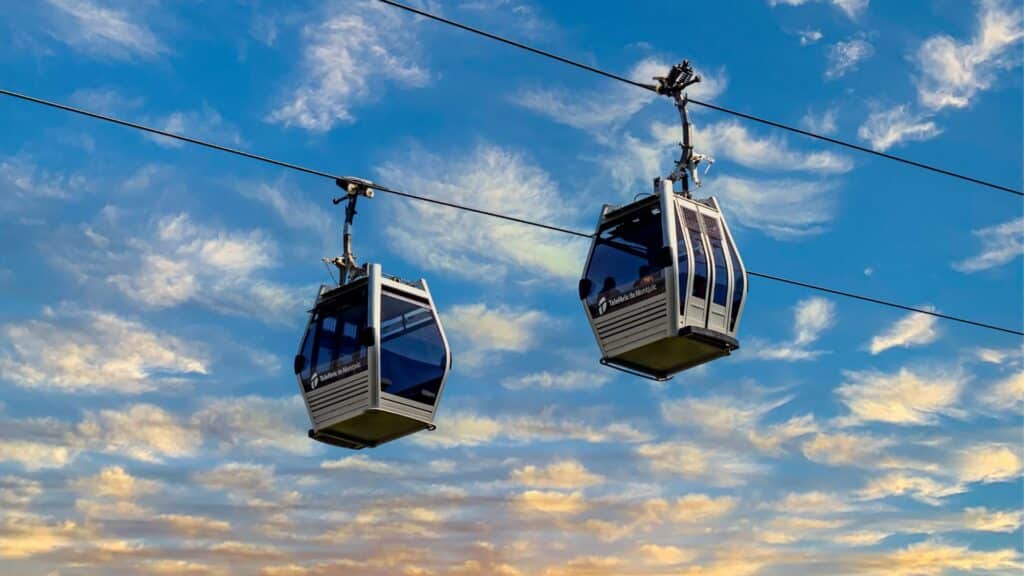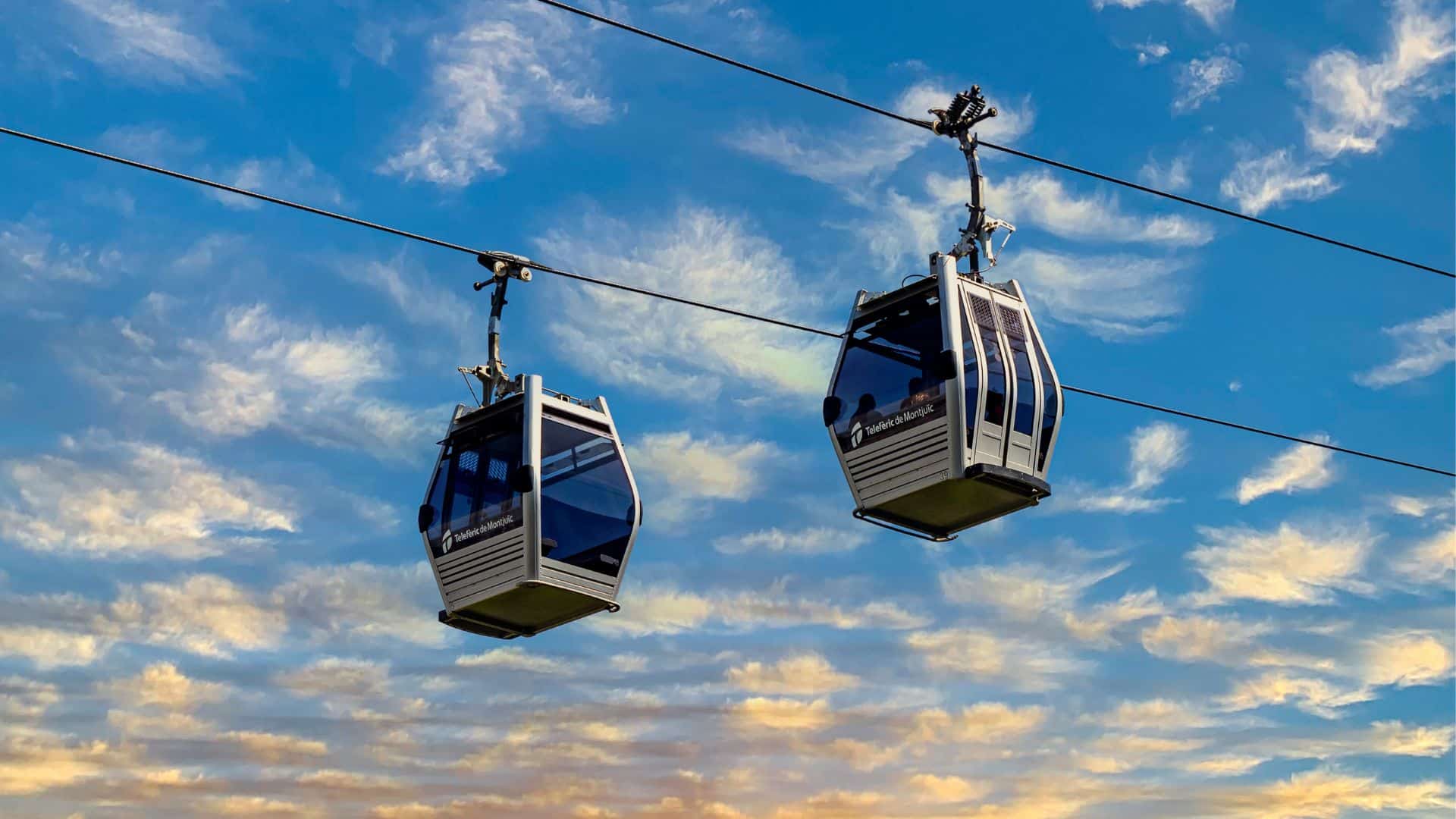
CEBU CITY, Philippines – A proposal to introduce cable cars as an alternative mode of transportation between Mandaue City and Lapu-Lapu City has been put forward by a local legislator here.
As urban traffic worsens, cable cars are being considered as a solution to ease congestion in the two cities, particularly for travelers heading to the airport.
Cebu City Councilor Rey Gealon proposed the resolution, urging the Department of Transportation (DOT) to consider the cable car project as an intermodal public transport in the city towards the airport. This would traverse the cities of Mandaue and Lapu-Lapu, and which aims to ease the cities’ severe traffic challenges.
READ MORE:
Mass transit cable car plans draw potential private-sector partners
Cable cars might be expected in Cebu City soon
Cable car service from MCIA to Mandaue City to shorten travel time
Cable cars are commonly seen in countries like Switzerland and France, where they navigate mountainous terrain and offer scenic views. They feature prominently in cities such as Hong Kong and Medellín, where they address urban transportation challenges and connect remote areas.
“Cable cars can help reduce traffic congestion in dense urban areas by providing an alternative mode of transportation for commuters,” Gealon stated.
“Since cable cars do not operate on streets, they do not contribute to overcrowding on city streets, which can reduce traffic congestion and also reduce carbon emissions, and promoting sustainable urban development,” he added.
Last 2023, the now preventively suspended City Mayor Michael Rama shared how he had envisioned having an aerial ropeway transit (ART) system in the city.
He said that his friendship with the billionaire tycoon, “the Sy family,” had supported his vision.
In his second term, he said, especially when he had a consortium with various companies, he already had the idea of having cable cars.
Rama said that he asked Hans Sy, chairman of the executive committee of SM Prime, about having a cable car on the tower of Sy’s establishment “leading towards the summer capital barangay and that is Sudlon 1.”
READ MORE: DOTr says PH’s 1st cable car system may be operational by 2028
However, Gealon acknowledged the potential challenges of utilizing cable cars, such as high installation costs and the impact of weather-related disruptions.
“Although cable cars have shortcomings as well, like high installation costs and potential weather-related disruptions and outages, these can be lessened by designing and building cable cars to withstand extreme weather conditions and by putting maintenance and repair schedules in place to guarantee that outages are kept to a minimum,” he said.
The councilor suggests the development of robust designs that can withstand extreme weather conditions and the implementation of strict maintenance schedules to minimize outages.
The proposal for cable cars as a public transportation option in the Philippines is gaining traction, with several private-sector groups expressing interest in partnering with the government to bring the project to fruition.
In a report published by Inquirer on August 10, DOTr Secretary Jaime Bautista said that while the project was still in its early stages, a feasibility study would be required to determine costs and passenger capacity.
The initiative is part of a broader government push to decongest roads and enhance inter-regional connectivity, with other major infrastructure projects like the Metro Manila Subway and the North-South Commuter Railway already in the pipeline.
Read Next
Disclaimer: The comments uploaded on this site do not necessarily represent or reflect the views of management and owner of Cebudailynews. We reserve the right to exclude comments that we deem to be inconsistent with our editorial standards.

